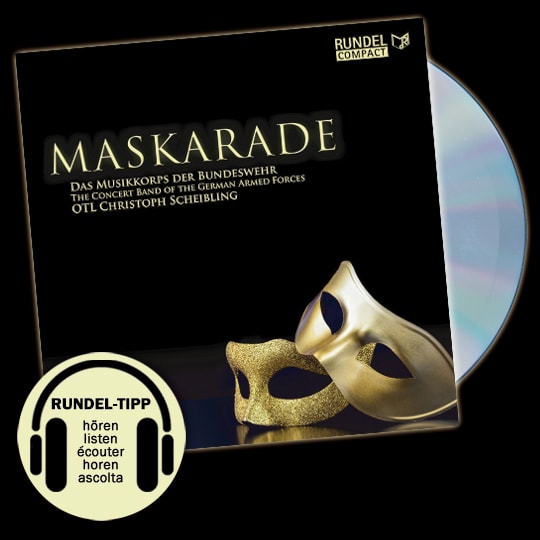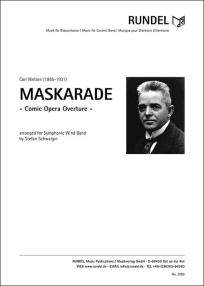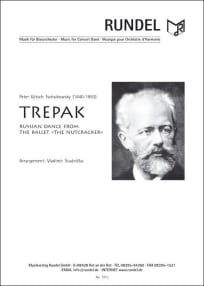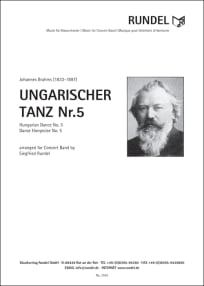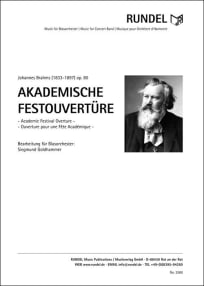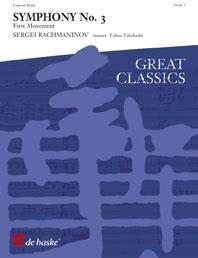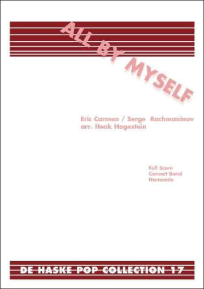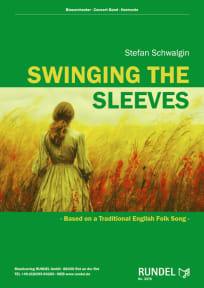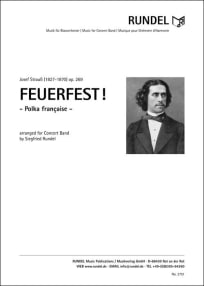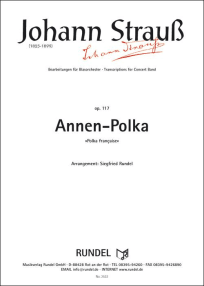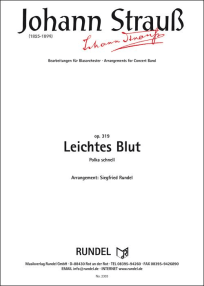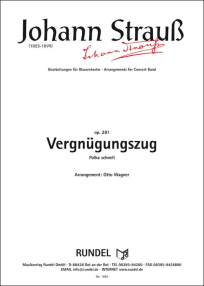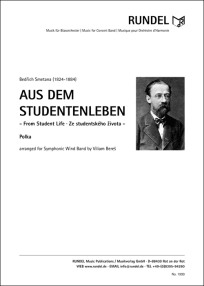Concert Band
Polka Italienne
Italian Polka / Italienische Polka
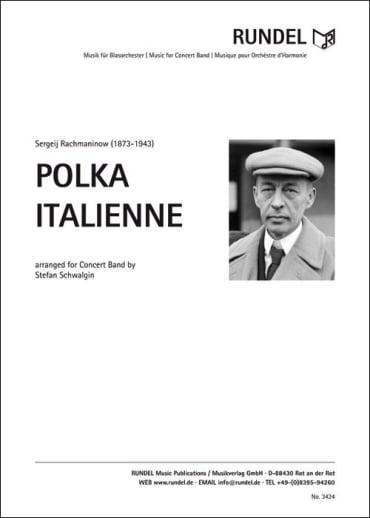
Concert Band
Polka Italienne
Italian Polka / Italienische Polka
Composer
Arranger
Performance time
00:02:20
Grade Level
Oberstufe
Publisher
Rundel
Size
A4
Info
Full Score + Parts
Order Number
MVSR3424
Release Date
2016
Info
Russian composer, pianist and conductor Sergeij Rachmaninow (1873-1943) is regarded as one of the most versatile musicians of his time. He wrote symphonies, piano concertos, chamber music, tone poems, operas and songs. As concert pianist he was in great international demand, his many concert tours brought him to Europe and the United States. During World War I he fled through Sweden to the U.S. with his family, and he almost totally lost his inspiration for composing. In 1930, he moved back to Europe, buying a property in Switzerland and building a great mansion. In consequence of World War II he had to flee to the U.S. again, where he died in Beverly Hills in 1943, just before his 70th birthday. “Polka Italienne” is based on a melody that Rachmaninow heard in Italy at the beginning of the 1900’s, played by an old street organ. He liked the melody very much and wrote it down for piano right after he had returned to his hotel. Today, the edition for four-handed piano is regarded as the original version. German composer and arranger Stefan Schwalgin has carefully created a skillfully orchestrated new version, meeting the standards and requirements of a modern European wind orchestra and bringing “Polka Italienne” to the wonderful sound of winds.
Keywords
hell
20th century / 1900 / 2000
Arrangement / Transcription
Classical Music
Global Tour
happy / joyful
Italy
lively
New Year's Concert
New Year's Eve concert
Orchestral Transcriptions
Piano / Grand Piano
Polka
RUNDEL YouTube Channel
Russia
Soviet Union
Tuscany
Listen & read from the Rundel YouTube Channel
RUNDEL VIDEO
Polka Italienne
Notes available at:
https://www.rundel.de/en/
Italian Polka / Italienische Polka
Russian composer, pianist and conductor Sergeij Rachmaninow (1873-1943) is regarded as one of the most versatile musicians of his time. He wrote symphonies, piano concertos, chamber music, tone poems, operas and songs. As concert pianist he was in great international demand, his many concert tours brought him to Europe and the United States. During World War I he fled through Sweden to the U.S. with his family, and he almost totally lost his inspiration for composing. In 1930, he moved back to Europe, buying a property in Switzerland and building a great mansion. In consequence of World War II he had to flee to the U.S. again, where he died in Beverly Hills in 1943, just before his 70th birthday. “Polka Italienne” is based on a melody that Rachmaninow heard in Italy at the beginning...
https://www.rundel.de/en/
Italian Polka / Italienische Polka
Russian composer, pianist and conductor Sergeij Rachmaninow (1873-1943) is regarded as one of the most versatile musicians of his time. He wrote symphonies, piano concertos, chamber music, tone poems, operas and songs. As concert pianist he was in great international demand, his many concert tours brought him to Europe and the United States. During World War I he fled through Sweden to the U.S. with his family, and he almost totally lost his inspiration for composing. In 1930, he moved back to Europe, buying a property in Switzerland and building a great mansion. In consequence of World War II he had to flee to the U.S. again, where he died in Beverly Hills in 1943, just before his 70th birthday. “Polka Italienne” is based on a melody that Rachmaninow heard in Italy at the beginning...
Media center
VIDEO
Polka Italienne (Rachmaninoff), Klavier vierhändig
"Polka Italienne" von Sergei Rachmaninoff für Klavier vierhändig, gespielt von Sandra & Jürg Hanselmann.

